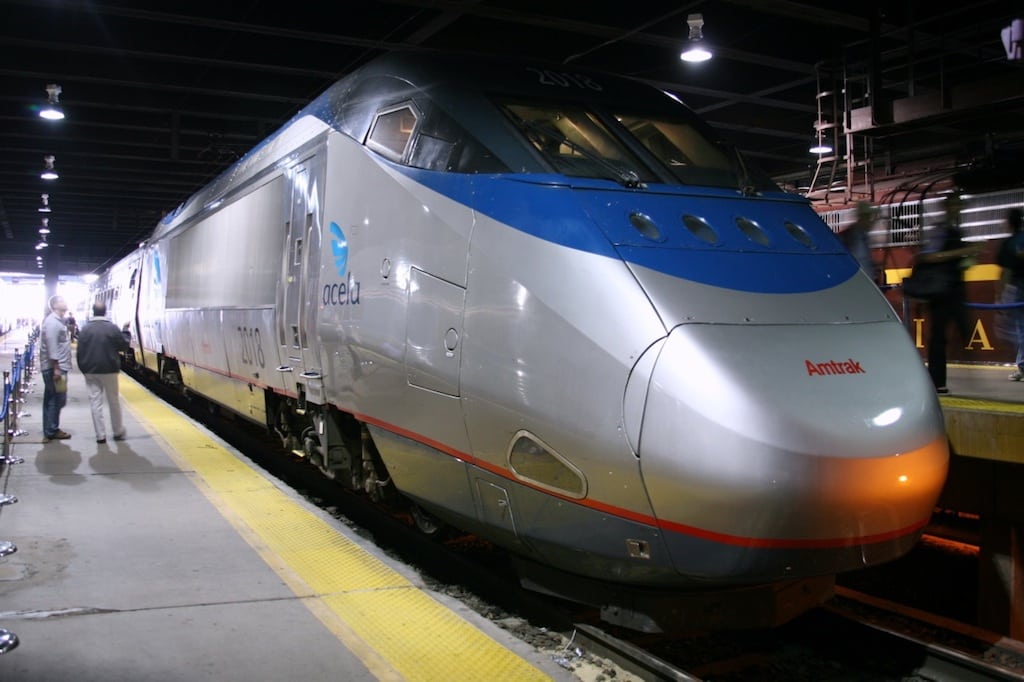Skift Take
It’ll take a major investment from the government over many years before Amtrak’s CEO achieves his dreams of high-speed rail on the Northeast Corridor.
Amtrak carried more than 31 million passenger in 2012, the most passengers in its 41-year history. It also needed more than a billion dollars in tax payer subsidies to pay all of its bills.
While many lawmakers lobby to turn the passenger train service over to the private sector, Amtrak CEO and President Joseph Boardman insists that billions more are needed to pay for upgrades that will get Amtrak back on track.
Boardman’s push for high-speed rail resulted in Amtrak’s recent announcement that it was dropping plans to purchase new rail cars from Acela in order to purchase high-speed equipment.
Boardman believes the best place to focus high-speed rail efforts – that is 225 mph or faster – is in the Northeast Corridor.
“We’re in the same place that Japan back was in the 1960’s at 125 [mph] on [the Northeast] corridor, but there is not a government investment in high-speed rail like there was in Japan,” says Boardman.
“Our nation has to be committed to competing with the world and that takes investment…We either grow or die, and it’s time to grow.”
For more on CEO Joseph Boardman’s plan to get Congress on board with his multibillion dollar plans to upgrade Amtrak, see below:
The Daily Newsletter
Our daily coverage of the global travel industry. Written by editors and analysts from across Skift’s brands.
Have a confidential tip for Skift? Get in touch
Tags: amtrak, high-speed rail
Photo credit: The Acela Express #2018 consists of two power cars, a cafe car, a first class car, and four business class cars, semi-permanently coupled together. Cliff / Flickr
